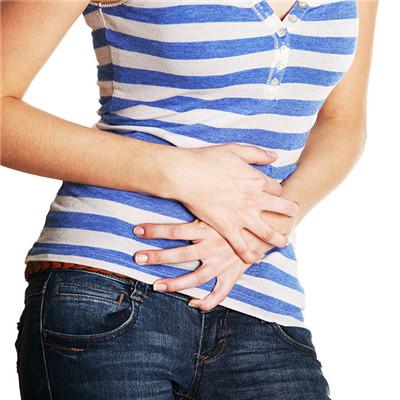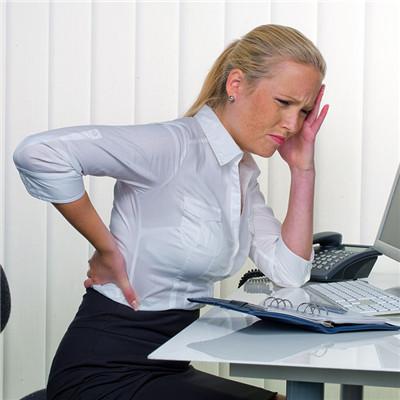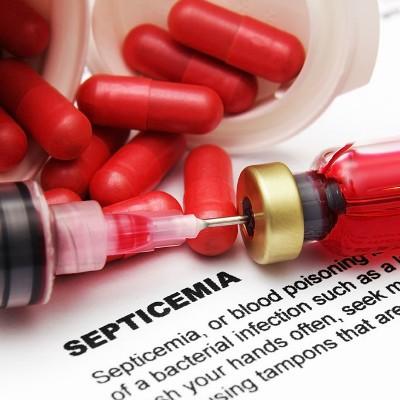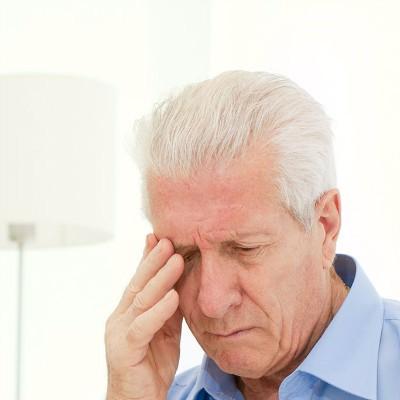Acute cholecystitis treatment principle? Is operation OK?
summary
Acute cholecystitis generally requires hospitalization, intravenous infusion and electrolyte supplement, and early use of antibiotics. If it is serious, operation should be performed. Patients with paroxysmal abdominal pain were given 33% magnesium sulfate solution. Anti infection. Cholagogic treatment or traditional Chinese medicine treatment. The main operation method is cholecystectomy or cholecystostomy. Let's talk about the treatment principles of acute cholecystitis.
Acute cholecystitis treatment principle? Is operation OK?
First, the principle of treatment for mild symptoms of acute simple cholecystitis, non-surgical treatment can be considered to control inflammation, to be further identified after surgery. For severe acute suppurative or gangrenous cholecystitis or gallbladder perforation, surgical treatment should be carried out in time, but preoperative preparation must be made, including correcting the imbalance of water, electrolyte and acid-base balance, and using antibiotics. Non operative therapy is effective for most (80% - 85%) patients with early acute cholecystitis, including antispasmodic analgesia, antibiotic application, correction of water, electrolyte and acid-base imbalance, and systemic supportive therapy. During the period of non-surgical treatment, we must closely observe the changes of the disease. If the symptoms and signs develop, we should change to surgical treatment in time. Especially the elderly and diabetic patients, the condition changes faster, more attention should be paid. According to statistics, about 1 / 4 of patients with acute cholecystitis will develop gangrene or perforation of gallbladder. For patients with acute non calculous cholecystitis, due to the rapid development of the disease, generally do not use non-surgical treatment, it is appropriate to do a good job in preoperative preparation for timely surgical treatment.
Second: spasmolysis and pain relief symptomatic treatment, patients with paroxysmal abdominal pain were given 33% magnesium sulfate solution for 30 minutes Anisodamine (654-2) 10mg or atropine sulfate 0.5-1.0mg, intramuscular injection once every 4-6 hours. If the diagnosis is definite and the abdominal pain is severe, pethidine 50-100mg can be injected intramuscularly if necessary, but morphine alone can not be used, because it causes spasm of the common bile duct muscles, increases the pressure in the bile duct and worsens the condition. Nitroglycerin and nifedipine can also be taken sublingually to relieve the spasm and pain of sphincter of Oddi.
Third: anti infection treatment: most of the infected bacteria are Gram-negative bacteria and anaerobic bacteria. Once the diagnosis of acute cholecystitis is established, broad-spectrum antibiotics sensitive to aerobic bacteria and anaerobic bacteria should be used in combination. Generally, the first and second generation cephalosporins, the third generation quinolones and anti anaerobes should be given intravenously. It is better to adjust the type and dosage of antibiotics according to the results of blood or bile bacterial culture. When liver function is damaged and jaundice occurs, the efficacy of antibiotics will be reduced, so biliary decompression and drainage should be used when necessary.
matters needing attention
The main operation method is cholecystectomy or cholecystostomy. If the condition permits and there is no contraindication, cholecystectomy is generally performed. But for critical patients, cholecystostomy should be performed under local anesthesia to achieve decompression and drainage. Cholecystectomy is the most thorough surgical treatment, and it is also a relatively safe operation at present. The overall operative mortality is less than 1.0%, but it is slightly higher in the acute stage.















